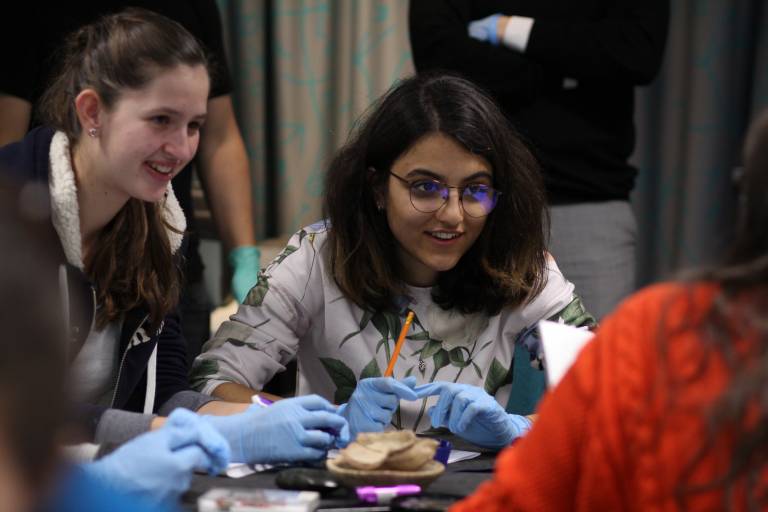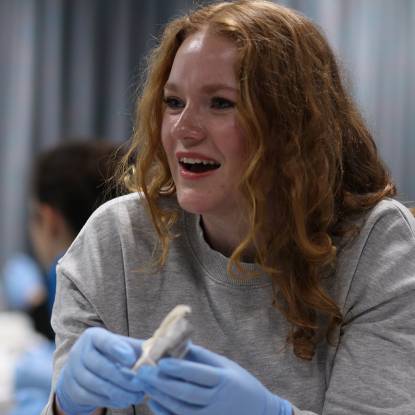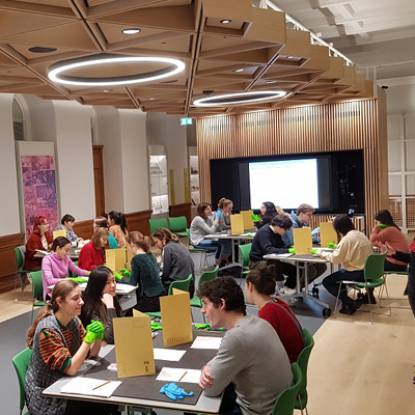Object-based Learning and the Student Experience
To date the focus has been on the student experience of learning through objects and data collected between 2010 and 2012 revealed that a majority of students, across a range of disciplines, thought object-based learning was a more effective method of learning than a lecture or talk. This was a compelling finding, but since then the research team has sought to explore in more detail the spectrum of practice in object-based learning sessions and the ways in which different disciplines use objects to help students understand new knowledge and develop key skills.
An aim of future research is to find out how tactile engagements with museum objects affect learning and to explore the different kinds of interactions students might have with 2D and 3D material.
Dodo bones, original manuscripts and Roman sandals are not just priceless treasures tucked away in UCL's museums and special collections, they are invaluable educational tools. With three museums open to the public, prized literary and art collections and a growing digital library at its disposal, UCL enjoys a unique position from which to promote object-based learning in its teaching.
Using objects in teaching not only helps students to understand their subject but also develops academic and transferable skills such as team work and communication, analytical skills, practical observation and drawing skills. It can also trigger innovative dissertation topics. Use of the collections is effective at both undergraduate and postgraduate levels and UCL's museums currently work with courses from across the whole spectrum of academic disciplines, engaging thousands of students with innovative object-based learning every year.
UCL's new Arts and Sciences (BASc) degree includes a second-year core module entitled Object Lessons: Communicating knowledge through collections, which is built around object-based learning methodology.

 Close
Close




